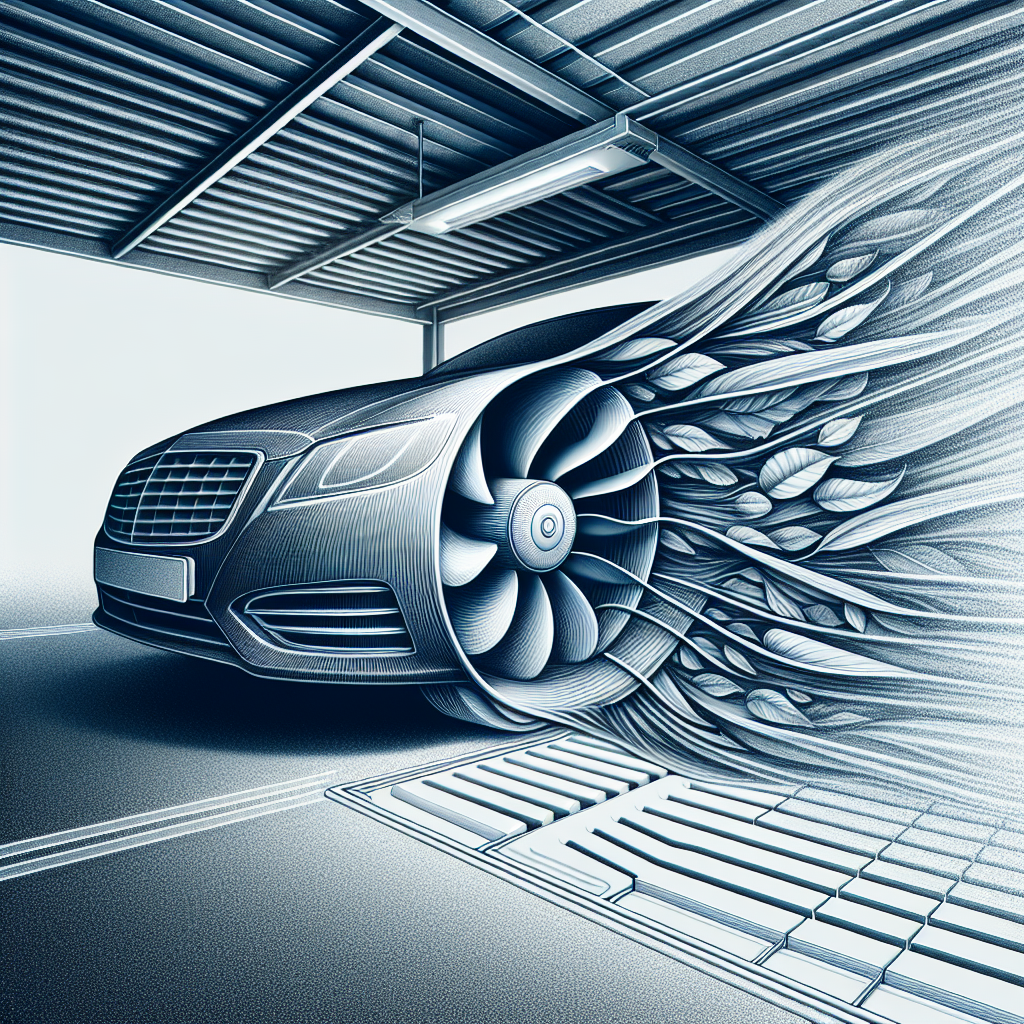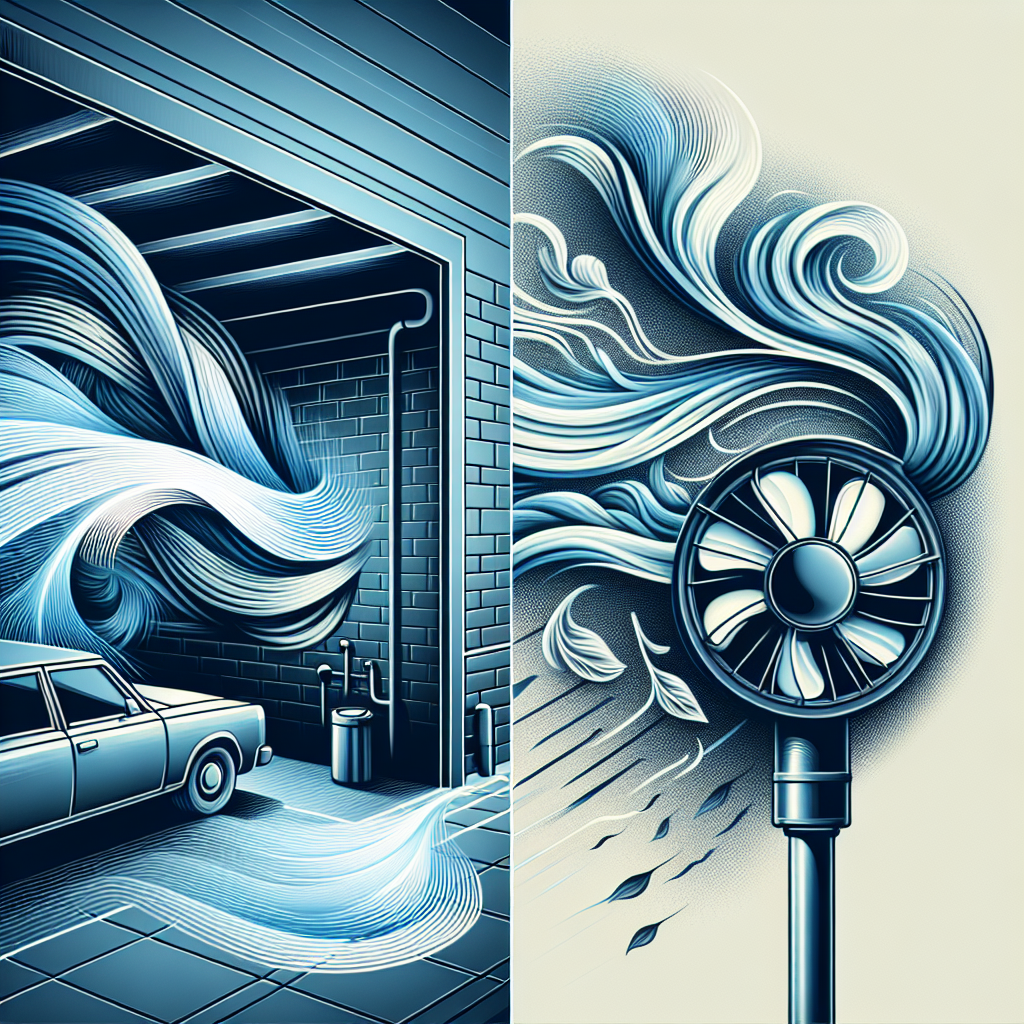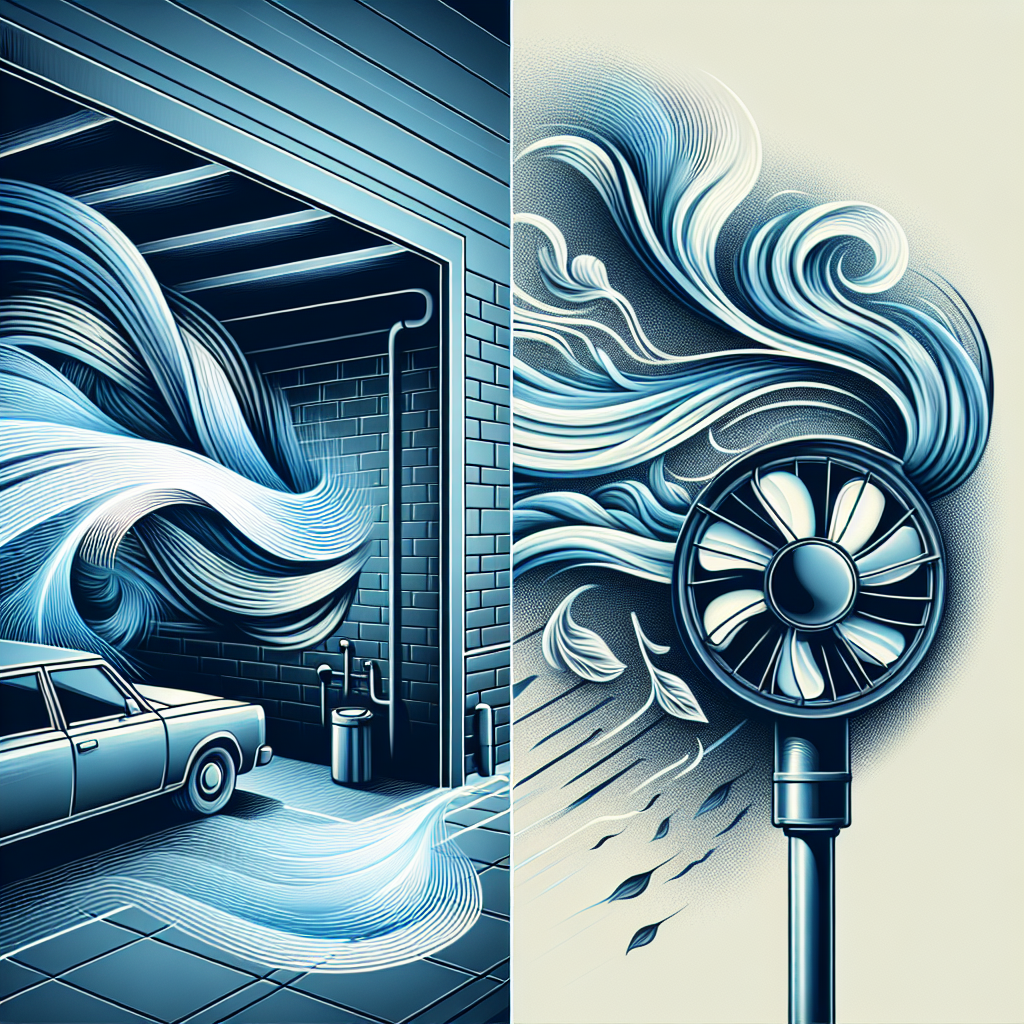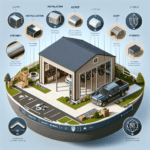If you’ve ever wondered about the importance of carport ventilation or how it can improve the air quality in your garage, this article is for you. Get ready to breathe easy as we explore some common questions about carport ventilation. From understanding the benefits of proper airflow to finding the right ventilation system for your needs, we’ve got you covered. Whether you’re a car enthusiast or simply concerned about air quality, read on to learn more about the importance of carport ventilation and how it can enhance your garage experience.

What is carport ventilation?
Carport ventilation refers to the process of ensuring adequate air circulation within a carport. A carport is a shelter primarily used for storing vehicles, providing protection from the elements such as rain, snow, and sun. Carport ventilation plays a crucial role in maintaining optimal air quality, preventing the buildup of air pollutants, excess heat, and moisture. It can be achieved through natural ventilation, which utilizes openings and air movement, or mechanical ventilation, which involves the use of powered systems to circulate air.
Why is carport ventilation important?
Preventing air pollutants
Proper carport ventilation is essential for preventing the accumulation of air pollutants, such as carbon monoxide and volatile organic compounds (VOCs), which are emitted from vehicles. These pollutants can pose serious health risks if inhaled in high concentrations. By ensuring adequate airflow, carport ventilation helps to disperse these pollutants and maintain a healthier environment.
Removing excess heat
During hot summer months, carports can become extremely hot due to the direct exposure to sunlight. Without proper ventilation, this excess heat can build up inside the carport, potentially causing damage to vehicles and stored items. By allowing hot air to escape and cooler air to enter, adequate carport ventilation helps to regulate the temperature and prevent overheating.
Preventing moisture buildup
Another important aspect of carport ventilation is the prevention of moisture buildup. Without proper airflow, condensation can occur within the carport, leading to the growth of molds, mildew, and rust on vehicles and stored items. By promoting airflow and reducing humidity levels, ventilation helps to mitigate these issues and maintain a dry environment.
What are the benefits of proper carport ventilation?
Improved air quality
One of the key benefits of proper carport ventilation is improved air quality. By removing air pollutants and ensuring fresh air circulation, ventilation helps to create a healthier environment for both vehicles and individuals. This is particularly important for people who spend time in the carport, such as mechanics or hobbyists working on their cars.
Reduced risk of damage to stored items
Proper carport ventilation plays a crucial role in protecting stored items from damage. By regulating the temperature and reducing moisture buildup, ventilation helps to prevent the deterioration, warping, or discoloration of items stored in the carport. This is especially beneficial for valuable possessions or sensitive materials that may be susceptible to heat or humidity.
Enhanced comfort
By regulating temperature and humidity levels, proper carport ventilation enhances overall comfort. This is particularly valuable when using the carport for activities like working on vehicles or engaging in recreational hobbies. Adequate ventilation allows individuals to enjoy their time in the carport without feeling uncomfortable due to excessive heat, humidity, or poor air quality.

What are the options for carport ventilation?
There are two main options for carport ventilation: natural ventilation and mechanical ventilation.
Natural ventilation
Natural ventilation refers to the use of natural forces, such as wind and air movement, to achieve airflow within the carport. This method relies on the design of the carport to incorporate openings and vents that allow air to enter and exit.
Mechanical ventilation
Mechanical ventilation, on the other hand, involves the use of powered systems to circulate air within the carport. This can include the installation of exhaust fans, air intakes, and filtration systems, which are designed to actively remove stale air and introduce fresh air.
How does natural ventilation work?
Natural ventilation relies on several design considerations to achieve proper airflow within the carport.
Design considerations
The design of a carport plays a significant role in enabling natural ventilation. Factors such as the placement of openings, vents, and roof design can greatly impact the airflow. Well-positioned windows, eave vents, and high ceilings can create a natural pressure gradient that encourages air movement.
Utilizing openings and vents
Strategic placement of openings and vents is crucial for natural ventilation. The location and size of these openings should allow for the entry of air from one direction while allowing stale air to exit from another. This ensures a continuous flow of fresh air and the removal of pollutants and excess heat.
Utilizing wind and air movement
The natural movement of wind and air currents can be harnessed to facilitate ventilation. By positioning openings or vents to take advantage of prevailing winds, airflow can be enhanced. Additionally, the use of design features such as roof vents or louvers can aid in the extraction of hot air, creating a cooling effect within the carport.
What are the advantages of natural ventilation?
Energy efficiency
Natural ventilation is an energy-efficient option as it relies on the natural forces of wind and air movement to achieve airflow. By minimizing the use of mechanical devices, it reduces energy consumption and associated costs.
Cost-effectiveness
Since natural ventilation utilizes the existing design elements of the carport, it can be a cost-effective option compared to installing mechanical ventilation systems. It requires minimal maintenance and avoids the need for electrical connections or operational expenses.
Less reliance on electricity
Natural ventilation eliminates the need for electricity to power fans or other mechanical devices. This not only reduces energy consumption but also decreases the environmental impact associated with electricity generation.
What are the limitations of natural ventilation?
Dependence on external weather conditions
One of the limitations of natural ventilation is its dependence on external weather conditions. When the wind is calm or there is no natural air movement, the effectiveness of natural ventilation may be reduced. This can lead to inadequate airflow and increased reliance on mechanical alternatives.
Limited control over airflow
Natural ventilation provides limited control over the airflow within the carport. While it can be influenced by strategic placement of openings and vents, there may still be variations in airflow depending on external factors. This makes it challenging to achieve consistent and targeted ventilation rates.
How does mechanical ventilation work?
Mechanical ventilation involves the use of powered systems to circulate air within the carport, providing greater control over airflow.
Types of mechanical ventilation systems
There are various types of mechanical ventilation systems that can be installed in a carport. The most common option is powered exhaust fans, which actively remove stale air from the carport. Air intakes and filtration systems can also be incorporated to ensure the intake of fresh and filtered air.
Powered exhaust fans
Powered exhaust fans are designed to extract stale air from the carport and expel it to the outside. They create a negative pressure environment, drawing fresh air in through openings or vents. These fans can be manually operated or connected to thermostats or sensors for automatic activation.
Air intakes and filtration
To complement the exhaust fans, air intakes can be installed to ensure the intake of fresh air. These intakes can be equipped with filters, which help to remove air pollutants, dust, and debris. This ensures that the air entering the carport is clean and of higher quality.
What are the advantages of mechanical ventilation?
Greater control over airflow
Mechanical ventilation systems provide greater control over airflow compared to natural ventilation. The use of exhaust fans and air intakes allows for targeted airflow rates and adjustments as needed. This enables the carport owner to customize the ventilation according to specific requirements.
Ability to customize ventilation rates
Mechanical ventilation systems offer the flexibility to adjust ventilation rates based on the needs of the carport. During extreme weather conditions or when additional ventilation is required, the airflow can be increased accordingly. This ensures optimal ventilation regardless of external factors.
More effective in extreme weather conditions
Mechanical ventilation systems are particularly beneficial in extreme weather conditions. While natural ventilation may be influenced by calm winds or adverse weather, mechanical systems can continue to provide consistent airflow. This ensures that air pollutants, excess heat, and moisture are effectively removed, regardless of external conditions.
How to choose the right carport ventilation system?
When choosing the right carport ventilation system, there are several factors to consider.
Assessing ventilation requirements
Start by assessing the ventilation requirements of the carport. Consider the size of the space, the number of vehicles or stored items, and the activities that will be conducted within the carport. This will help determine the airflow rates needed to maintain optimal conditions.
Considering local climate and conditions
Take into account the local climate and weather conditions of the area where the carport is located. If the area experiences extreme heat, humidity, or high levels of air pollution, mechanical ventilation may be a more suitable option to ensure effective and consistent airflow.
Budget considerations
Evaluate your budget and consider the cost implications of different ventilation options. While natural ventilation may require minimal upfront costs, mechanical ventilation systems may involve installation expenses and ongoing maintenance. Consider the long-term benefits and potential energy savings when making your decision.
In conclusion, carport ventilation is of utmost importance for maintaining a healthy and comfortable environment within the carport. Whether opting for natural ventilation or mechanical ventilation, it is crucial to consider the specific requirements and conditions of the carport to ensure proper airflow, improve air quality, and protect stored items. Assessing ventilation needs, local climate, and budget considerations will help you choose the right ventilation system for your carport, ensuring optimal conditions for both your vehicles and yourself. So, breathe easy and enjoy the benefits of a well-ventilated carport!







